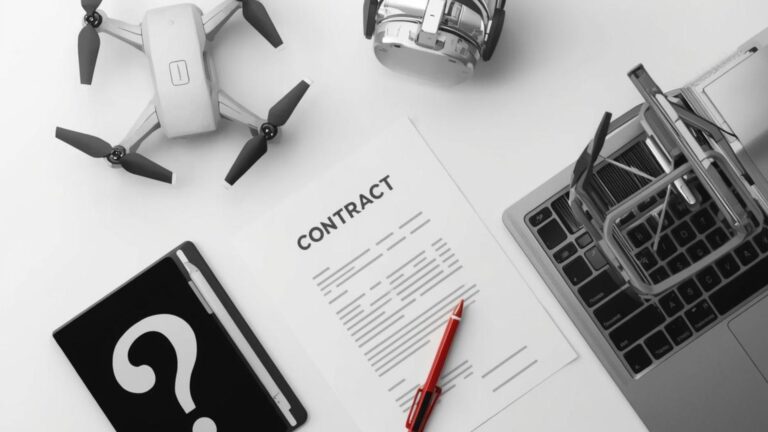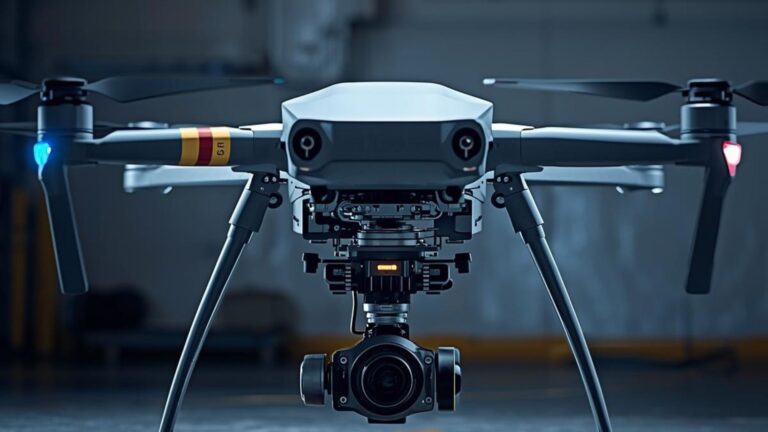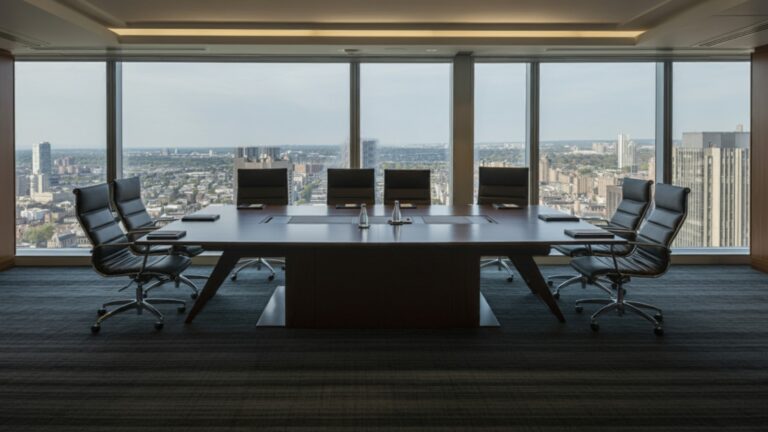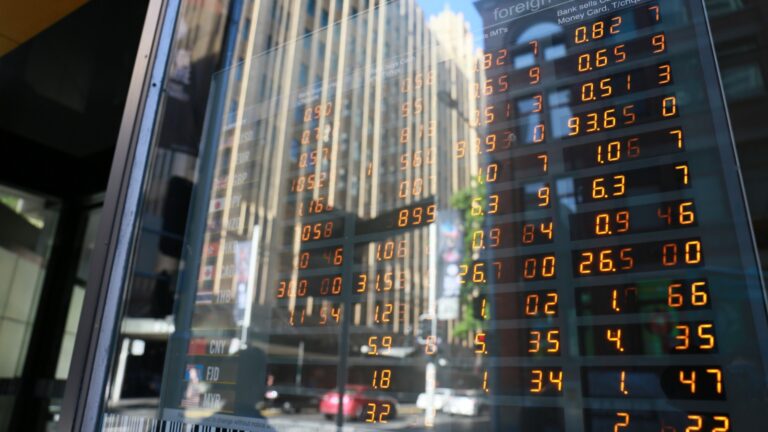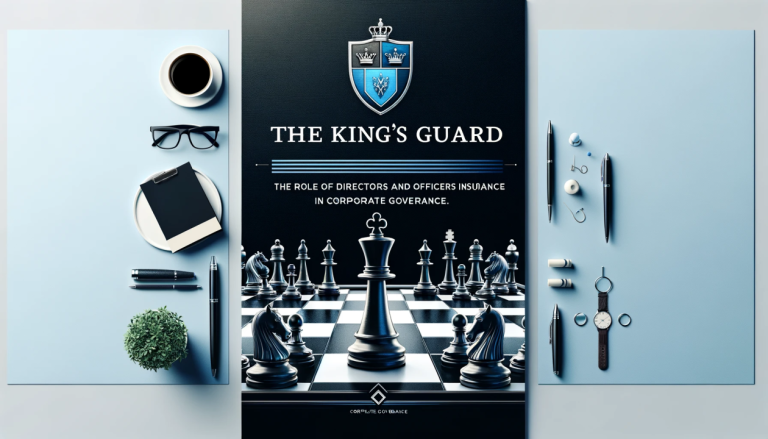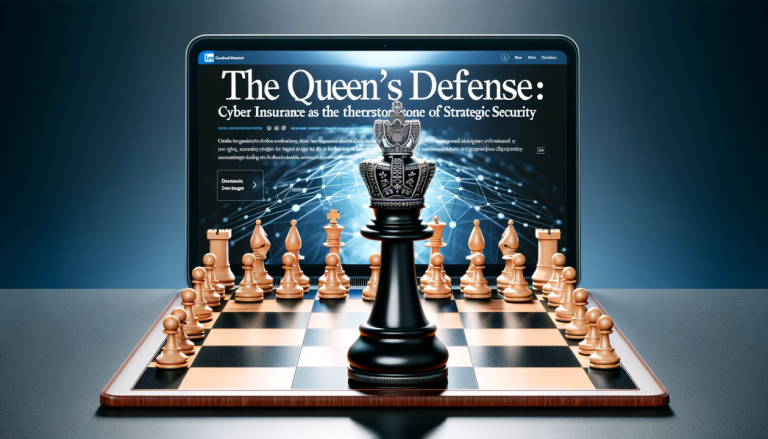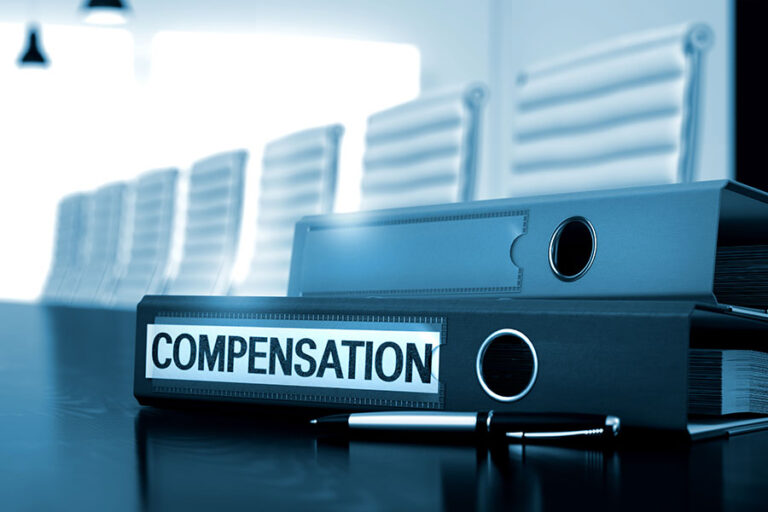What Does “Best” Mean in Media Liability Insurance?
In the context of insurance, the best policy is one that fully addresses your exposures and would perform well in the event of a claim. Media liability insurance is a specialized form of professional liability (E&O) coverage, and the best policies share several characteristics:
- Broad Coverage Scope: A top-notch media liability policy will cover the wide range of risks media professionals face – from defamation (libel and slander) and invasion of privacy, to intellectual property infringements (copyright and trademark), plagiarism, emotional distress claims, and more. The policy language should be comprehensive, not overly narrow. For example, the best policies don’t just cover “advertising injury” in the context of your own ads (which some basic general liability policies do); they cover all content you publish or disseminate, whether it’s a blog post, a video, a tweet, or a printed article. Look for definitions of “media activities” or “covered content” in the policy – the broader, the better.
- High Defense Coverage (and ideally outside the limits): Media lawsuits can drag on and rack up huge legal bills. A key element of a quality policy is that it provides duty to defend coverage, meaning the insurer takes on the responsibility of defending you in court with their appointed lawyers. The best policies often cover defense costs in addition to the liability limits (sometimes called “outside the limits” or with a defense cost separate sublimit), so that a large portion of your policy limit isn’t eaten up by attorney fees alone. Even if defense costs do erode the limit (which is common in standard policies), a higher-tier insurer might offer an option to reinstate limits or have generous coverage so you’re not left underinsured after legal expenses.
- Few Exclusions and Clear Terms: All insurance policies have some exclusions, but the best media liability insurance keeps them to a minimum and avoids nasty surprises. For instance, a weaker policy might exclude coverage for social media content or for punitive damages or for certain industries (like music or film) – whereas a better policy would explicitly include social media posts as covered media and might provide coverage in multiple jurisdictions where punitive damages are insurable. Clarity is also a sign of a quality policy: the contract should be written in a way that a reasonably informed person can understand what is and isn’t covered, rather than burying important details in convoluted legalese.
- Adequate Coverage Limits: The best insurance is one that actually has the capacity to pay a major claim. Having a solid $1M, $2M, or higher limit (depending on your risk level) is important. The “best” policy for a freelance photographer might be $500,000 in coverage with a reputable insurer, but the best for a large publishing house might be a $10 million tower of coverage shared among multiple insurers. In each case, the quality is in having sufficient limits so that worst-case scenarios are accounted for. Underinsuring yourself – even with a great policy form – wouldn’t truly be “best” because it might not fully protect you when needed.
- Strong Insurer Reputation: Part of what makes a policy the best is the company standing behind it. You want an insurer (or insurers) with experience in media liability claims and a reputation for fair, prompt claims handling. Media claims can be sensitive and time-critical (for example, needing an immediate response to injunctive relief or a retraction demand). The best insurers have specialist adjusters and legal teams on standby who understand media law. Look for insurers with a track record in the media or entertainment insurance space. While we won’t name names, many of the top media liability insurers are well-known in the industry for insuring publishers, broadcasters, and filmmakers. An insurance broker can guide you toward those carriers. Essentially, the best policy is only as good as the insurer’s ability and willingness to pay claims – so financial strength (A-rated or better companies) and expertise are key.
- Customization and Endorsements: A hallmark of a superior media liability policy is flexibility. Every media business is different. The best insurance solutions allow for custom endorsements or modifications to tailor coverage. For instance, if you run a film production company, you might need a specific endorsement covering documentary film exposures or claims arising after distribution. If you are an international magazine, you might require a worldwide jurisdiction clause and coverage for acts like contempt of court (a U.K.-specific risk). The ability to tweak the policy – adding coverage for breach of contract claims or for advertising agency professional liability within the media policy – could set a policy apart from a generic one-size-fits-all solution. The best insurers will work with your broker to adjust terms where needed, within reason.
Assessing Your Needs to Find the Best Policy
Determining the best media liability insurance for you starts with assessing your own needs and risk profile. A policy that’s excellent for one type of media professional might not be ideal for another. Here’s how to evaluate what you require:
- Identify Your Media Activities: List out everything you do that could create liability. Do you publish articles, produce videos, release podcasts, design marketing campaigns, post on multiple social media platforms? The mediums you use and the content you create will guide what coverage provisions are most critical. For example, if you mainly produce YouTube content and Instagram posts, you’ll want to ensure the policy explicitly covers social media and online videos. If you’re an author, you want coverage that caters to book publishing risks. The best policy for you will thoroughly cover the specific channels and formats you engage in.
- Consider Who Could Sue You (and Why): Think about where potential claims could come from. If you run a marketing agency, a client might sue you for an advertising mishap or a competitor might sue for disparagement in an ad. If you’re a publisher or blogger, individuals you write about might sue for defamation or privacy. If you’re an influencer, you could be sued by a brand or audience members (e.g., for product claims or failure to disclose sponsorships leading to consumer harm). Understanding these scenarios helps in selecting a policy that explicitly covers them. Some policies might have exclusions that are deal-breakers – for instance, a policy that excludes claims arising from advertising contracts might not be suitable if a lot of your risk is tied to client contract issues. The best policy will align well with the risks you’ve identified and not leave dangerous gaps.
- Domestic vs International Coverage: If your content goes beyond your home country, the best media liability insurance for you will be one that offers international coverage. Not all policies do – some might cover only claims brought within your country. Check if the policy has a worldwide coverage territory and if it will respond to suits in foreign courts. For global media operations, the best policies typically come from insurers who have international reach and can coordinate defense in various jurisdictions. If you’re a smaller operation but still have some international exposure (like a website with global readers), discuss this with your broker – the policy might need an endorsement to cover that, or the broker can direct you to an insurer known for global media coverage.
- Evaluate Your Financial Comfort: The best policy is also one that fits your budget and risk tolerance. It’s not just about getting every bell and whistle – sometimes the top-tier coverage with extremely high limits might be unnecessary for a small business and could strain your finances. You want the best value: strong coverage at a price you can afford long-term (insurance is annual, and maintaining continuous coverage is important). Work out what premium is manageable and see which insurer offers the most comprehensive protection within that range. Often, a mid-range policy from an excellent insurer can be better than a slightly broader policy from a lesser-known insurer, if the latter might fight you on claims. Aim for quality of coverage first, then optimize within your budget.
Key Features to Look for in the Best Policies
To truly gauge a media liability policy’s quality, examine specific features and provisions. Here are some hallmarks of the best policies and what they mean:
- Retroactive Coverage: A great policy will include a retroactive date that either goes back to when you first started your media operations or even has “full prior acts” coverage (meaning it covers claims arising from content published at any time in the past, as long as the claim is made during the policy period). This is crucial if you have a backlog of content. The best policies won’t leave your earlier publications uninsured. If you’re switching insurers or buying for the first time, negotiate for the earliest retroactive date possible.
- No “Hammer Clause” or Soft Hammer: In liability policies, a hammer clause is a provision that can penalize you if you refuse a settlement that the insurer recommends. The best media liability policies often have no hammer clause or a very lenient one (sometimes called a “soft hammer” where if you disagree with settling, the insurer will still cover, say, 90% of additional costs rather than leaving you completely on the hook). This is important for media insureds because you may sometimes want to fight a lawsuit to protect your reputation or principles rather than settle quickly. A policy that supports you in that decision (within reason) is a better ally.
- First Amendment Protections (in U.S.) / Public Interest Content: For U.S.-based content, the best policies align with free speech protections. While all policies cover libel, some may explicitly affirm coverage even in contentious areas like intentional infliction of emotional distress claims tied to media content (which some plaintiffs use as a way around defamation). The best policies don’t shy away from covering tough scenarios – e.g., they’ll cover a claim of defamation even if punitive damages are sought (punitive awards might not be insurable in certain states, but the defense would still be covered). For non-U.S. contexts, a similar idea is that the policy supports public interest journalism – some specialty policies market themselves as being friendly to investigative journalists, meaning they anticipate government or powerful entities might try to sue the insured and they are prepared to defend vigorously.
- Supplementary Coverages: Top-tier media liability insurance might include useful extras. For example, some policies provide a sublimit for crisis management or public relations assistance if a claim is likely to draw negative publicity (helping the insured manage press fallout). Others might include coverage for court attendance costs (paying a small sum to you per day if you have to attend court, to cover lost income) or mitigation costs (covering certain expenses to avoid a larger claim, like handling a correction or takedown to prevent a lawsuit). While not core to the insurance, these add-ons show the insurer’s understanding of media businesses’ needs and can tip the scales in favor of one policy over another when you’re comparing similar offerings.
- Clear Separation from General Liability: Many businesses have a general commercial liability policy that includes some “advertising injury” coverage, which can overlap with media liability. However, general liability often excludes businesses whose primary business is media or advertising – meaning if you’re a media company, the GL policy won’t cover libel at all. The best approach is to have a dedicated media liability policy, and ensure it dovetails properly with your other coverages. The best media liability policies can serve as the primary source of cover for any content-related claims, leaving no ambiguity whether your general liability or media policy should respond. This avoids finger-pointing between insurers in a claim. Essentially, a great media policy provides peace of mind that anything content-related is firmly under its umbrella, no matter what.
- Ease of Use and Service: While not a policy term, a practical aspect of “best” is also how easy it is to deal with the insurance. Top insurers and brokers make the application process smooth – they know creative professionals aren’t insurance experts, so they frame questions in accessible ways and assist in filling out forms. When a policy is in force, the best insurers have straightforward claims reporting procedures (24/7 hotlines or dedicated claim representatives). If you ever need a certificate of insurance or proof for a client, it’s quickly provided. These service elements might not be apparent on paper, but asking peers or your broker about their experience can reveal which insurers excel in supporting their insureds.
How to Secure the Best Media Liability Insurance
Now that we know what to look for, how do you actually get the best policy for your needs? Here are some steps:
- Use an Experienced Broker: Especially for specialized coverage like media liability, a broker who regularly places media or entertainment insurance can be invaluable. They know which insurers have the best offerings for certain niches (for example, one insurer might be great for film production companies, another for publishers or digital media startups). They can also negotiate terms – sometimes getting an exclusion removed or a term modified in your favor because they have relationships with underwriters. In essence, a good broker acts as your advocate in finding and customizing the best coverage.
- Compare Quotes and Wording: Don’t just go with the first quote. It’s wise to compare at least two or three proposals if possible. Look beyond price – compare the policy wordings. One might have a lower premium but also more restrictions. It might be worth paying a bit more for significantly better coverage. Create a checklist from the earlier “key features” and see which quote meets them best. Brokers often provide a comparison highlighting differences to help you make an informed choice.
- Ask About Claims Examples: You can inquire how each insurer has handled claims for similar clients (without breaching confidentiality, brokers can share anonymized examples). Knowing that Insurer A successfully defended a high-profile libel suit for a client and paid for years of litigation, whereas Insurer B tends to push for quick settlements, could influence your decision of who is the “best” insurer for you. Claims handling reputation is crucial – the best policy pays claims fairly.
- Ensure Long-Term Viability: Ideally, you want to stick with a good media liability policy year after year (changing insurers frequently can create potential gaps or issues with retroactive dates). So think long-term: Is this insurer committed to the media liability line of business? Are they financially stable and likely to be around in 5-10 years? Continuity can be an aspect of “best” because it ensures you have consistent coverage.
- Customize Your Policy: Don’t be afraid to request tweaks if you see an area of concern. For example, if the policy has a high deductible that you’re not comfortable with, ask if there are options for a lower deductible (with an adjusted premium). If a particular exclusion worries you (say you run a forum and there’s an exclusion for user-generated content), discuss whether it can be narrowed or removed. The best insurance solutions are often not off-the-shelf; they’re the result of dialogue between you, your broker, and the insurer.
The Value of Top-Quality Media Liability Insurance
It’s worth emphasizing why going through all this effort to get the “best” media liability insurance matters. In the media world, a single lawsuit can threaten not only your finances but your reputation and ability to keep operating. A superior insurance policy means when trouble arises, you have the strongest possible safety net:
- You’ll get expert legal representation promptly, so your side of the story is effectively presented.
- You won’t be pressured into unfavorable settlements just to save the insurer money; a good policy and insurer support your interests.
- If a claim is groundless, a top-tier insurer will back you to fight it all the way, preserving your integrity.
- If you did make a mistake, the best policies ensure the fallout is contained – they pay for settlements and even help you with PR to rebuild trust if needed.
- Essentially, you can focus on your creative or journalistic work with confidence, knowing that if someone files a lawsuit or sends a legal threat, you’re equipped to handle it without facing ruin.
In conclusion, the best media liability insurance is one that is tailored to your unique content risks, provided by a reputable insurer, with comprehensive coverage terms that leave no major gaps. It’s not just about price – it’s about quality and reliability. By assessing your needs carefully and working with professionals to compare options, you can secure a media liability policy that truly earns the title of “best” for you. This investment in top-quality coverage will pay off the moment you face a challenge to your content, ensuring that your creative endeavors and business interests are protected by the very best defense available.
Closing Summary: Choosing the best media liability insurance is a critical decision for anyone in the content creation or media business. The best policy is one that offers broad, dependable protection for the specific risks you face – whether you’re an author, a digital marketer, a broadcaster, or a blogger. It should cover all the common media liability perils (defamation, IP infringement, privacy, etc.), come from a strong insurer known for excellent claims service, and fit your operational needs (territory, limits, and so on). By evaluating policy features, leveraging expert advice, and not compromising on quality, you can obtain top-tier media liability coverage. In doing so, you gain more than just an insurance policy – you gain peace of mind that your creative work and communications are backed by robust protection. The “best” media liability insurance ultimately lets you do your job with confidence, knowing that if a legal storm blows your way, you have the shelter of a great policy to keep you safe.






